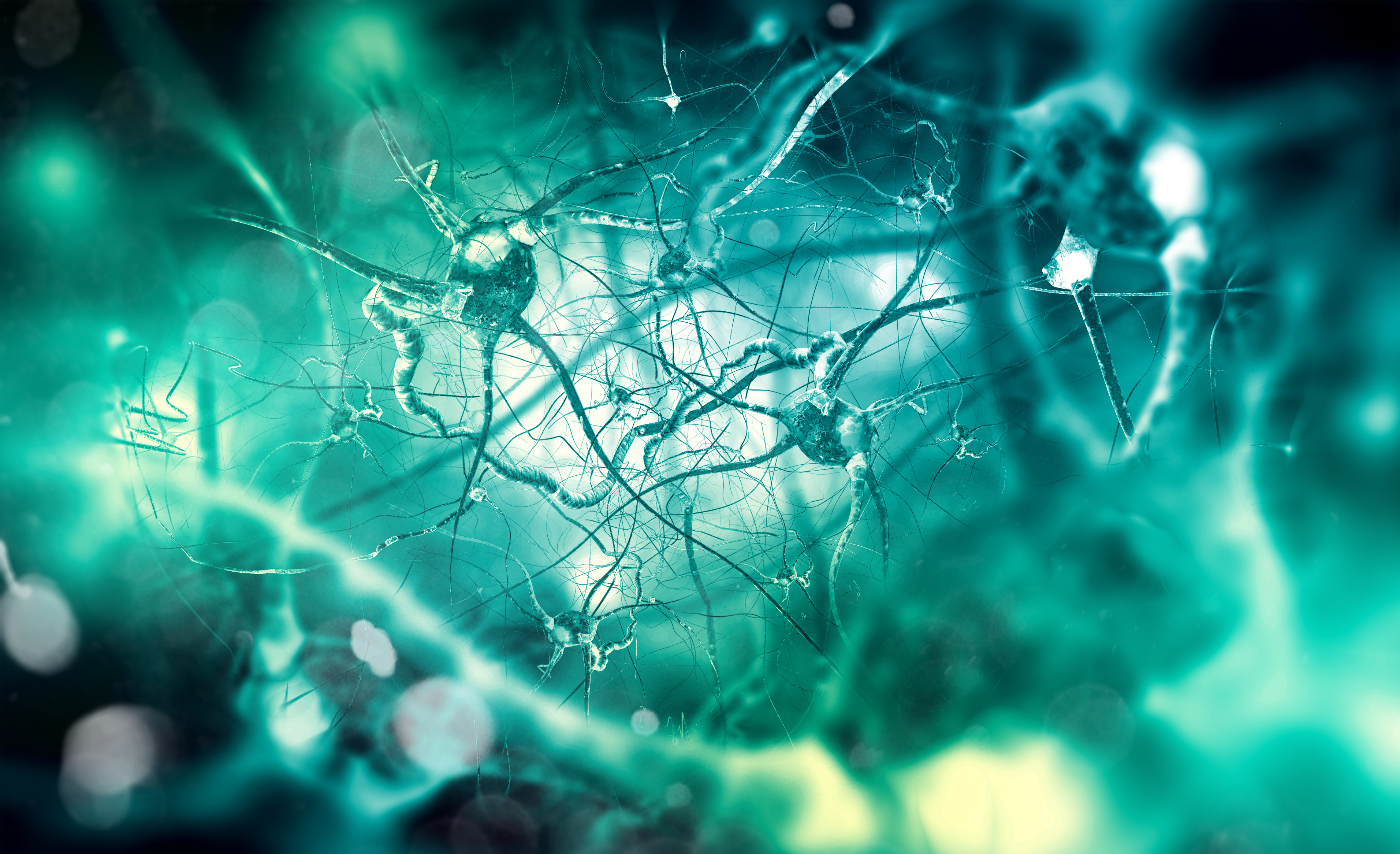Astilbin, Found in Plants, Protects Neurons and Improves Motor Control, Mouse Study Finds

A compound found in various types of plants, called astilbin, can protect neurons by preventing over-activation of glia cells (nerve cells that support neurons), excessive alpha-synuclein production, and oxidative stress, researchers working in a mouse model of Parkinson’s disease report.
Their study, “Neuroprotective effects of Astilbin on MPTP-induced Parkinson’s disease mice: Glial reaction, α-synuclein expression and oxidative stress,” was published in International Immunopharmacology.
Parkinson’s disease is mainly caused by the gradual loss of dopaminergic neurons in the substantia nigra, a region of the brain responsible for movement control.
The disease also seems to be associated with over-production of the protein alpha-synuclein in nerve cells of the brain. When this protein clumps together, it gives rise to small toxic deposits inside brain cells, inflicting damage and eventually killing them.
Parkinson’s characteristic symptoms are related to the resulting loss of dopamine-producing nerve cells, and its therapies typically focus on restoring dopamine signaling in the brain to ease problems with movement and balance.
Astilbin, a flavanonol also found in alcoholic beverages (it’s a constituent of wine grape), is known to possess anti-inflammatory, anti-oxidant, and neuroprotective properties.
For this reason, a team of Chinese researchers tested whether astilbin could protect neurons from damage in mice chemically induced to develop Parkinson’s disease.
Researchers injected animals with MPTP — a neurotoxin that has been shown to trigger Parkinson’s symptoms in mice and non-human primates — once a day for five days. Once the animals showed classic Parkinson’s symptoms of motor impairment, they were treated with either astilbin or a saline solution (as a control group) for another seven days.
Behavioral tests revealed that mice given astilbin showed a remarkable improvement in motor function compared to control animals, with significant differences seen in movement scores on a pole and traction test between treated and untreated diseased mice.
Ask questions and share your knowledge of Parkinson’s Disease in our forums.
Biochemical and molecular analysis also showed that astilbin blocked the drop in dopamine brain levels that’s associated with MPTP treatment, minimized the loss of dopaminergic neurons and the activation of glia cells in the substantia nigra, prevented over-production of alpha-synuclein, and reduced oxidative stress — the cellular damage that occurs as a consequence of high levels of oxidant molecules.
Moreover, researchers reported that astilbin activated PI3K/Akt signaling — a chemical cascade involved in the survival and growth of dopaminergic neurons — in the brain after MPTP administration. This finding suggests, they wrote, “that treatment with AST [astilbin] prevents the loss of dopaminergic neurons in MPTP-induced PD [Parkinson’s disease] mice by inducing the activation of the PI3K/Akt signaling pathway.”
Astilbin “exerts neuroprotective effects” on the diseased mice “by suppressing gliosis [activation of glia cells], α-synuclein overexpression and oxidative stress, suggesting that AST could serve as a therapeutic drug to ameliorate PD,” the researchers concluded.






